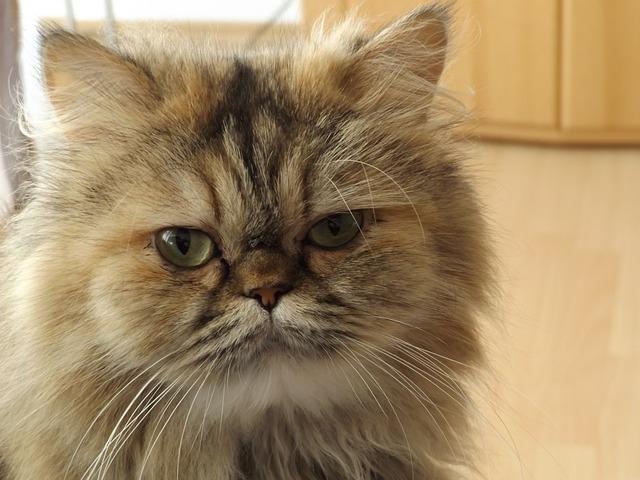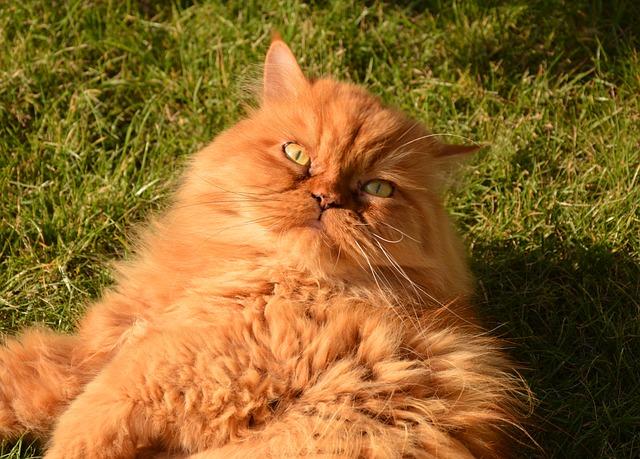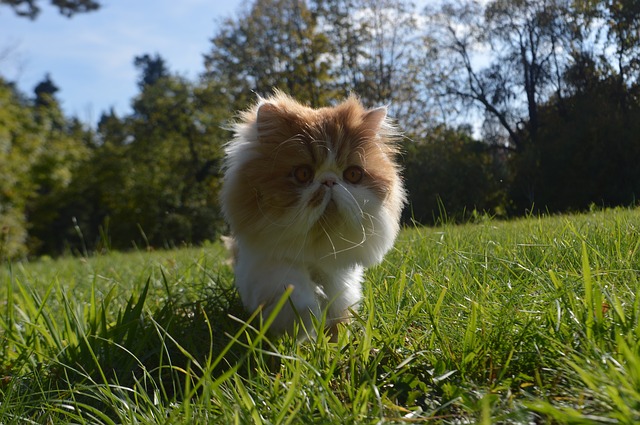The beautiful long-haired Persian cat with its round face and short muzzle is a popular pet. When properly cared for these cats can live for at least 10-12 years, with average lifespans ranging from 12-17 years. However, there are a number of health issues that Persian cats are particularly susceptible to. Carry on reading to find out more about their most common health problems and how best to care for your cat.
Common Health Issues

Due to the shape of their head and face, the modern brachycephalic, or flat-faced Persian cat, is particularly susceptible to breathing problems. Eye problems are also common. Some, such as malformed tear ducts that cause tears to overflow down the face, are merely cosmetic, but others like entropion, or the in-growing of eyelids, can cause serious problems. The unusual head shape can also cause problems during labour, often leading to stillbirths.
Other Health Issues and the Care of your Cat

Persian cats are prone to various hereditary diseases. Polycystic kidney disease (PKD) and the related autosomal dominant polycystic kidney disease (ADPKD) are particularly common, affecting up to 50% of all Persian cats. Afflicted cats usually suffer kidney failure at around 7 years of age. However, as with all cats, Persians can also be affected by heart diseases, such as hypertrophic cardiomyopathy (HCM), degenerative eye conditions and skin cancers.
Caring for your cat should include frequent checks of skin and eyes and regular vet check-ups. Flat-faced Persians can find it hard to pick up food. The resulting poor diet could lead to health issues. However, many pet food manufacturer’s have designed specially shaped kibble to combat this. More importantly, most breeders now use DNA testing to screen out hereditary diseases from their breeding lines, eliminating the worry for owners.
